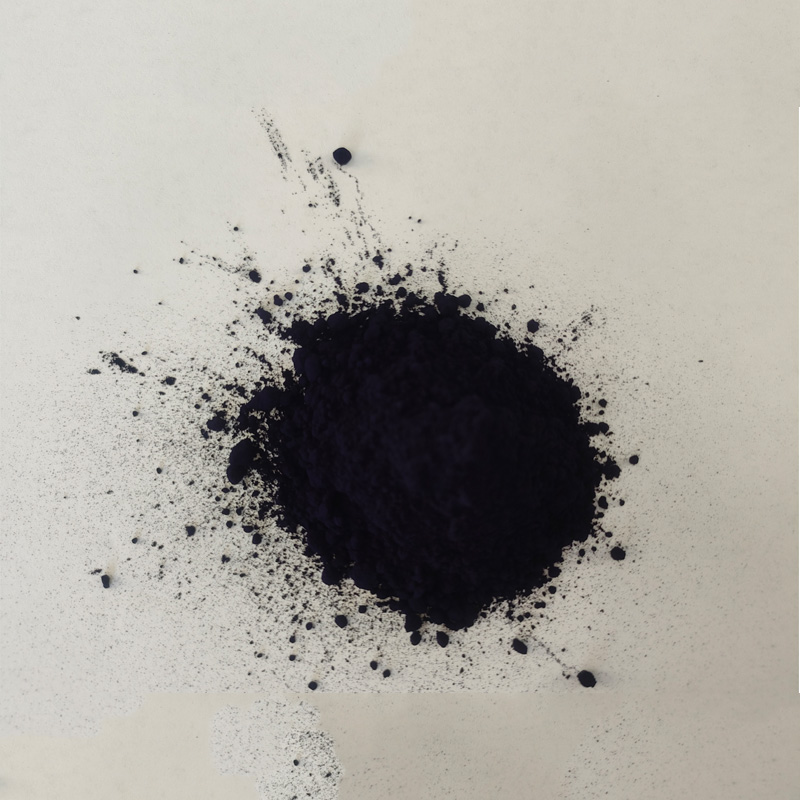Exploring the Benefits of Premium Natural Indigo Dye in Textile Artistry
The Art and Science of High-Quality Natural Indigo Dye
Indigo dye, known for its deep, rich blue hue, has captivated humanity for thousands of years. This natural dye, derived primarily from the leaves of the Indigofera plant, holds a special place not only in the world of textiles but also in the history of cultural expression. As modern consumers increasingly seek sustainable and eco-friendly alternatives to synthetic dyes, high-quality natural indigo surfaces as a preferred choice, weaving together the threads of tradition and innovation.
Historical Significance
Indigo dye has a long and fascinating history that spans various cultures and continents. From ancient Egypt to the Indus Valley civilization, indigo has been used to color textiles, clothing, and even symbolic artifacts. It was prized not only for its stunning color but also for its remarkable lightfastness. In some cultures, indigo was so valuable that it was used as currency. The tradition of indigo dyeing is still practiced today in various forms around the world, each region adding its unique twist to the dyeing process.
The Process of Extraction
The creation of high-quality natural indigo is a meticulous process that begins with harvesting the leaves of the Indigofera plant. These leaves are then fermented in water, resulting in a process called reduction, which converts the leaves’ green pigment into the insoluble indigo dye. After a few days, the liquid is strained, leaving behind a thick indigo paste. This paste is then dried and can be powdered to create a dye that can be used on fabrics.
The quality of the indigo dye is heavily influenced by several factors, including the plant species, the growing conditions, and the extraction method. High-quality indigo is typically derived from organic farming practices, which not only enhance the dye's vibrancy but also ensure sustainability and environmental harmony. Unlike synthetic dyes, which can be harmful to both the environment and the human body, natural indigo is biodegradable and non-toxic.
The Dyeing Process
high quality natural dye indigo

Once the indigo is prepared, it can be used to dye fabrics through various methods, including immersion, tie-dyeing, and resist dyeing techniques. The immersion method involves submerging the fabric in a vat of indigo dye, allowing it to absorb the color. Interestingly, the fabric appears green when pulled from the vat; it only turns blue upon exposure to air, due to the oxidation process.
Artisans skilled in indigo dyeing often employ traditional techniques that have been passed down through generations. This craftsmanship not only highlights the beauty of the final product but also reflects a deep connection to cultural heritage. As consumers become more aware of sustainable fashion, the demand for hand-dyed textiles made from high-quality natural indigo continues to grow.
Contemporary Relevance
In the realm of fashion and design, high-quality natural indigo is finding a resurgence. As brands prioritize ethical practices and sustainable materials, indigo-dyed textiles are becoming increasingly popular. Designers are exploring innovative ways to incorporate this timeless dye into modern fashion, ensuring that the rich history of indigo remains relevant today.
Moreover, the psychological and aesthetic appeal of natural indigo cannot be overlooked. The color blue is often associated with calmness, trust, and creativity. The deep indigo tones can evoke feelings of serenity, making them a preferred choice for a variety of applications, from clothing to home décor.
Conclusion
High-quality natural indigo dye represents a harmonious blend of history, tradition, and contemporary relevance. As we continue to navigate an ever-changing landscape of fashion and sustainability, embracing natural dyes like indigo holds the promise of a more responsible and aesthetically pleasing future. Through careful craftsmanship and respect for nature, the art of indigo dyeing will undoubtedly continue to thrive, offering not only vibrant colors but also a connection to heritage and the environment.
-
The Timeless Art of Denim Indigo Dye
NewsJul.01,2025
-
The Rise of Sulfur Dyed Denim
NewsJul.01,2025
-
The Rich Revival of the Best Indigo Dye
NewsJul.01,2025
-
The Enduring Strength of Sulphur Black
NewsJul.01,2025
-
The Ancient Art of Chinese Indigo Dye
NewsJul.01,2025
-
Industry Power of Indigo
NewsJul.01,2025
-
Black Sulfur is Leading the Next Wave
NewsJul.01,2025

Sulphur Black
1.Name: sulphur black; Sulfur Black; Sulphur Black 1;
2.Structure formula:
3.Molecule formula: C6H4N2O5
4.CAS No.: 1326-82-5
5.HS code: 32041911
6.Product specification:Appearance:black phosphorus flakes; black liquid

Bromo Indigo; Vat Bromo-Indigo; C.I.Vat Blue 5
1.Name: Bromo indigo; Vat bromo-indigo; C.I.Vat blue 5;
2.Structure formula:
3.Molecule formula: C16H6Br4N2O2
4.CAS No.: 2475-31-2
5.HS code: 3204151000 6.Major usage and instruction: Be mainly used to dye cotton fabrics.

Indigo Blue Vat Blue
1.Name: indigo blue,vat blue 1,
2.Structure formula:
3.Molecule formula: C16H10N2O2
4.. CAS No.: 482-89-3
5.Molecule weight: 262.62
6.HS code: 3204151000
7.Major usage and instruction: Be mainly used to dye cotton fabrics.

